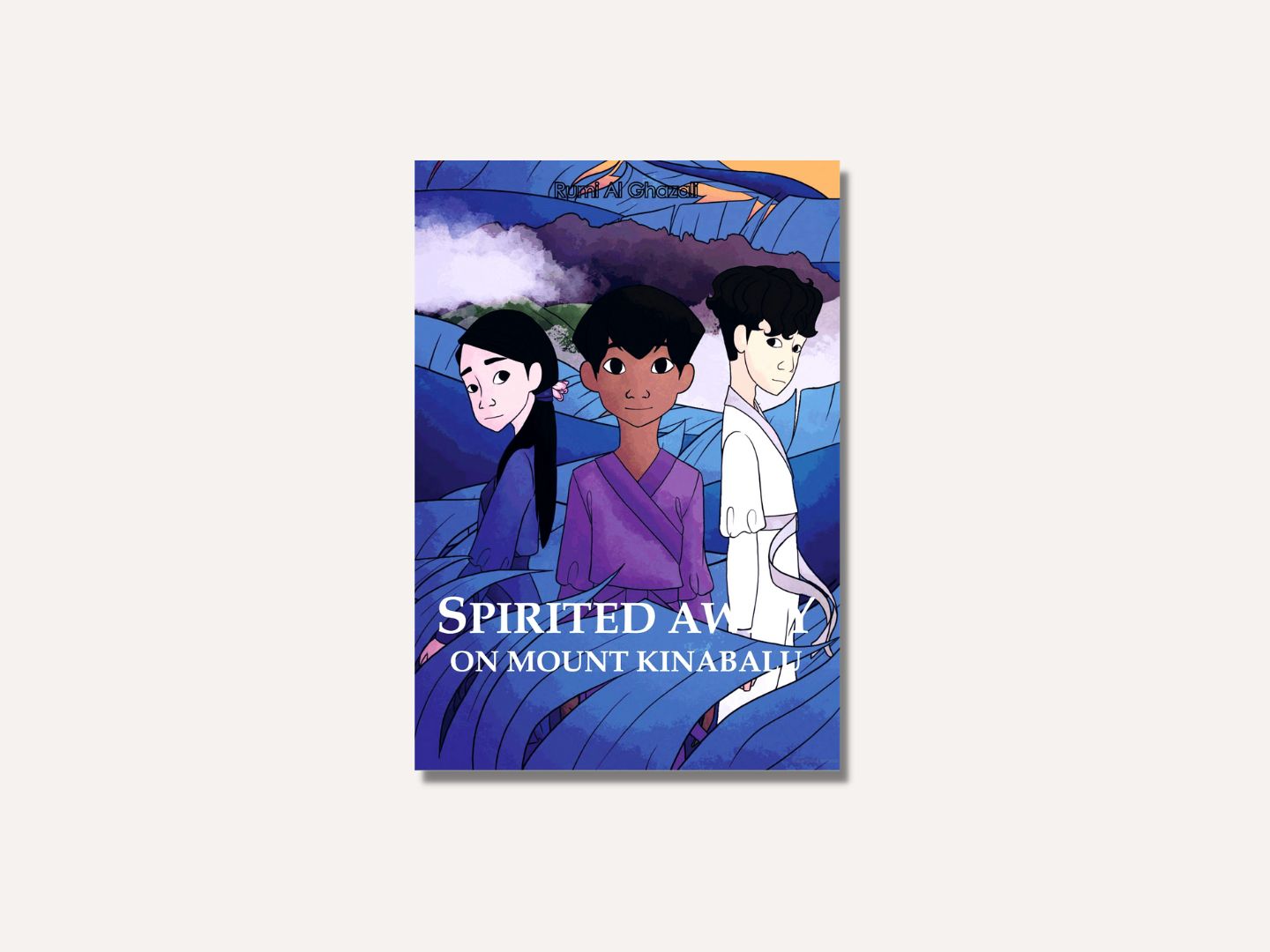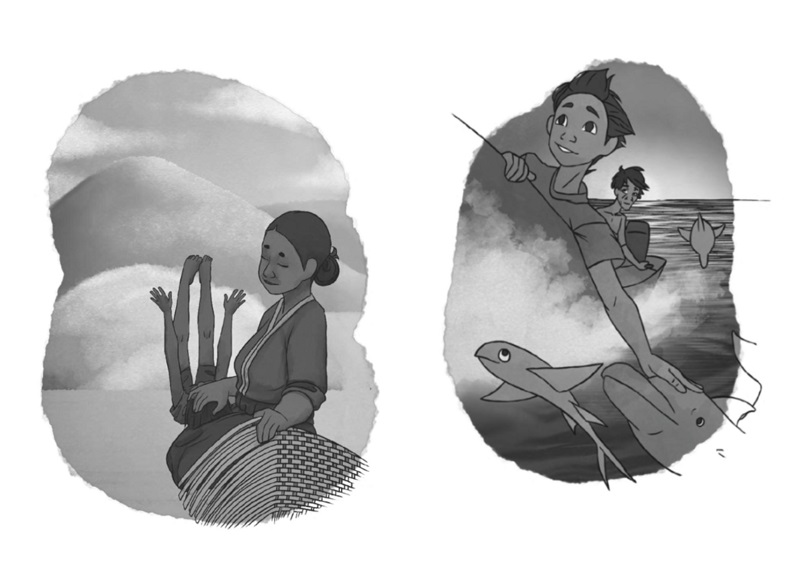
Rumi Al Ghazali places his frame tale in a Malaysian setting (All photos: Rumi Al Ghazali)
Folk tales form the bedrock of communities and stories are framed to educate and entertain. But the teller of tales has a stronger impulse and purpose, and it could be etiological; that is, he explains the origins of a place and splices it with legendary sagas of princesses, wizards and sages.
Rumi Al Ghazali is the pen name of an accomplished academician whose interest in travel, along with his skills in scuba diving and mountaineering, has brought him an intimate knowledge of journeys and landscapes that he ably evokes in the genre of folklore.
In his self-published Spirited Away on Mount Kinabalu, Soki’s adventures resonate with readers willing to embark on an adventure filled with childlike wonder over nature’s bounty. The 15-year-old from Marang, Terengganu, reunites with his animal friends in the spirit world while holidaying on Kapas Island. Rita the python had been killed by humans but her spirit remains in a cave and Soki meets her in his meditation. Nuwa the leatherback turtle and Liki the shark keep the boy company in the sea.
Soki befriends Swedish couple Tord and Sheryl, who are sailing around the world in a yacht. When Samoki, the spirit of a Sino-Kadazan princess who lives on Mount Kinabalu, invites him to accompany her to the mountain, he jumps at the opportunity. Years ago, his Emak had told him about an encounter with a princess on Bukit Temiang near Kuala Terengganu when she was about six. That planted a seed in Soki to seek adventure, especially mountain climbing.
rumi_al_ghazali_spirited_away_on_mount_kinabalu.jpg

Enchanting Samoki visits Soki in dreamlike encounters that are sweet, innocent and Edenic. The kind Swedes ask him to sail with them across the South China Sea to Sabah in Borneo, where he and Samoki embark on their exciting climb. On the way up, they meet King Kino and Queen Umu, the giant King Gayo Nakan (literally, “big eater”) and a dragon, legendary figures that are part of the myths and fables which make up Mount Kinabalu’s oral heritage. At journey’s end, Soki learns the truth behind some old legends and Samoki comes to terms with the resentment she feels towards her parents.
Spirited Away has a precursor in an earlier novel, Stranded on Kapas Island, but can be read on its own. Line drawings by the author’s daughter, Amora Intagena, accompany the text. The simplicity of her art captures the tone and atmosphere of a tale well told. And key chapters on the Land Beneath the Wind and the highest peak in Malaysia paint a picturesque story worthy of a travelogue.
Rumi Al Ghazali places his frame tale in a Malaysian setting but appropriates the master narratives of Scheherazade’s The Arabian Nights, and the stories of Hans Christian Andersen and the Grimm Brothers, for their heritage. His story about the adventures of an eager-to-learn boy from the living world and his spirit companions draws attention to real issues affecting land and sea, such as the increasing use of fertilisers in farming, and indiscriminate fishing.
Ultimately, Spirited Away on Mount Kinabalu is about respect for the sea, mountain and nature’s wondrous creatures, as seen through the mindscape of a budding fabulist. Balance in creation creates real beauty, Rumi Al Ghazali tells readers. Listen to the voice from your heart. And, be in the present.
This article first appeared on Aug 15, 2022 in The Edge Malaysia.


